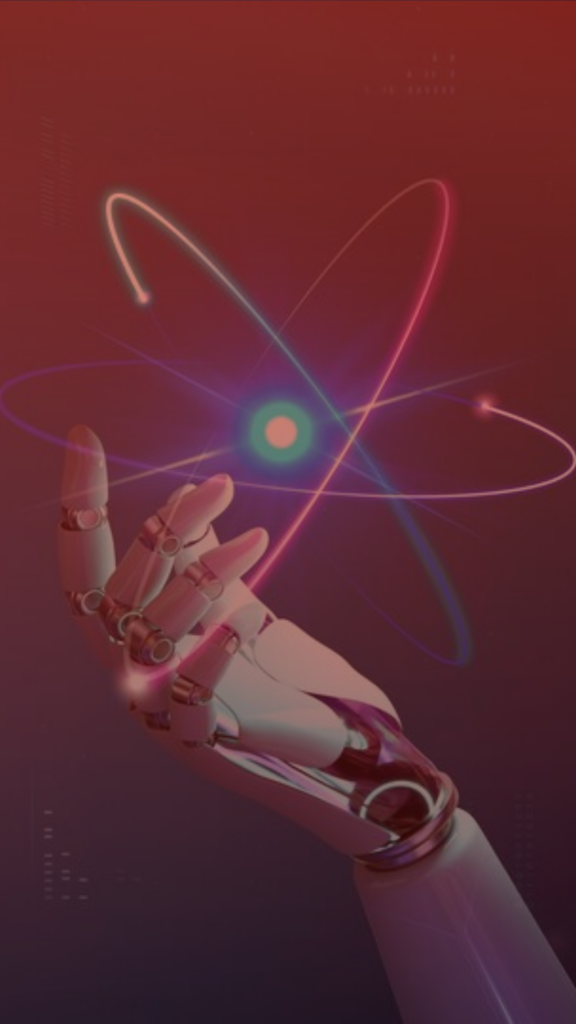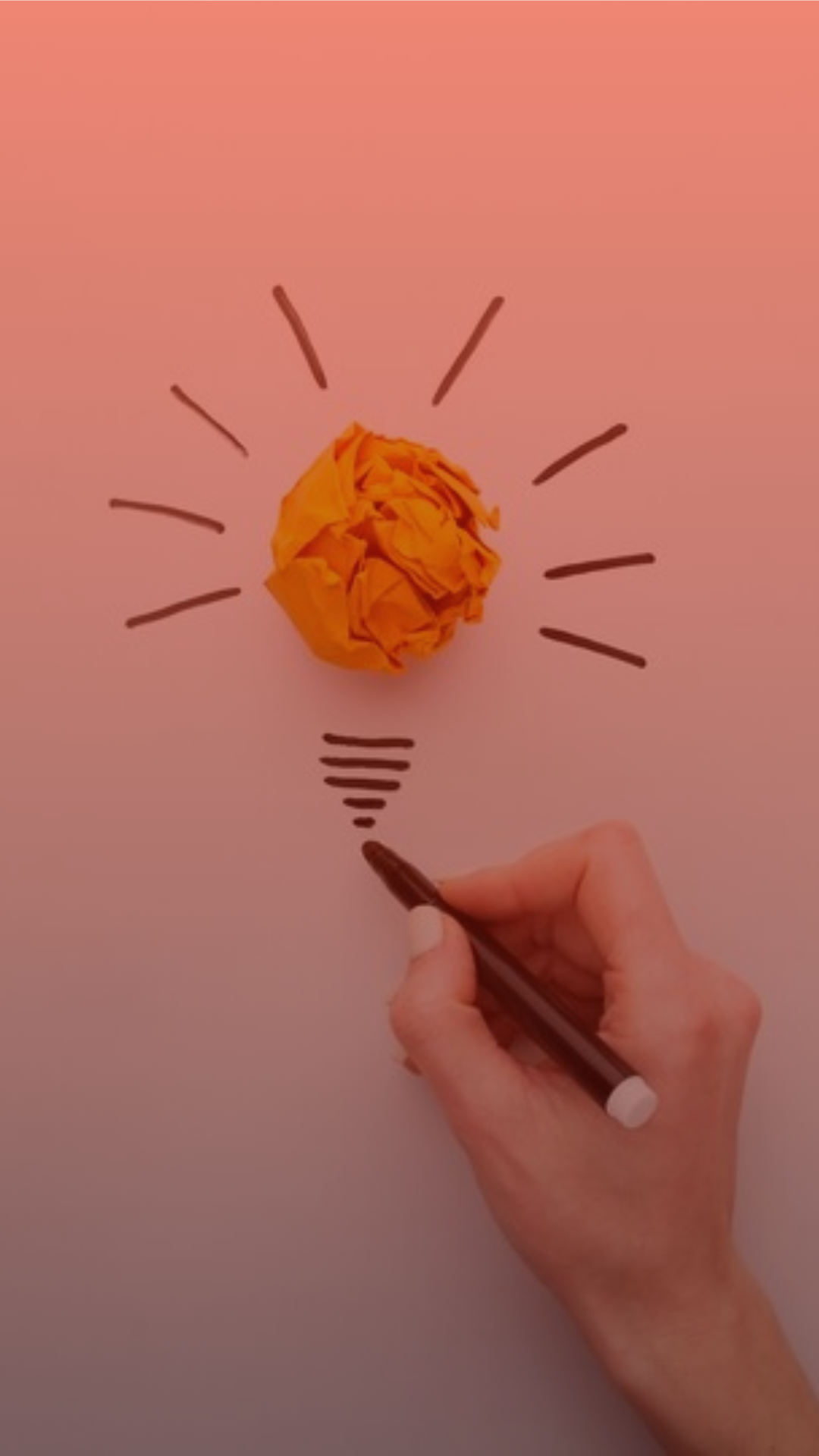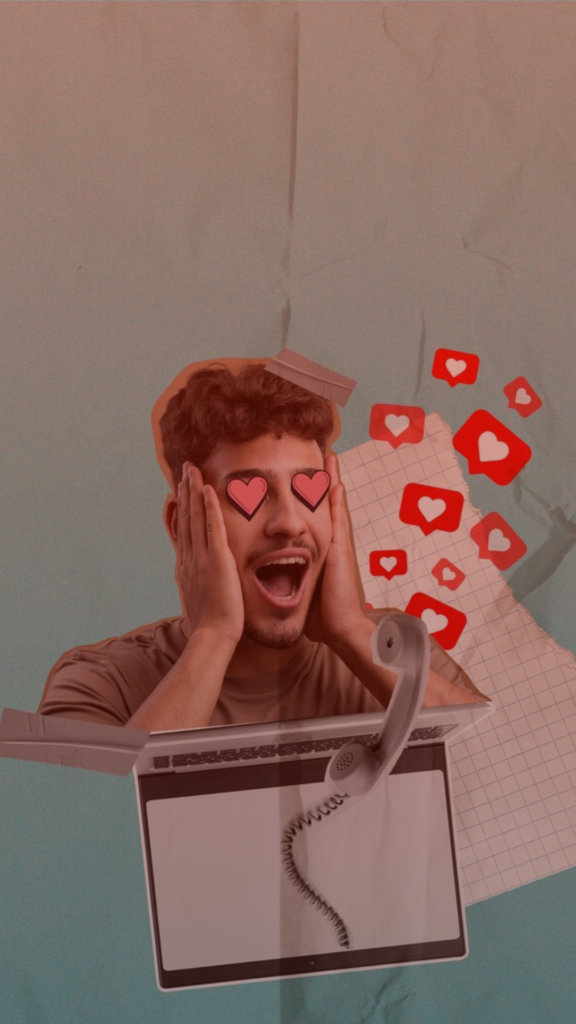In 2025, app marketing is moving faster than human teams can keep up. User attention is fragmented across platforms, creative fatigue sets in quickly, and the demand for fresh, high-performing ad content is relentless. The solution? AI-powered creatives — a game-changing shift that’s transforming how top apps produce, test, and scale their advertising efforts.
Gone are the days when marketers could launch a few static ads and let them run for weeks. Today, successful user acquisition depends on the ability to produce high volumes of personalized, platform-native creatives that evolve in real time. With machine learning, this has gone from a manual grind to an automated, data-driven process.
The Creative Bottleneck in App Marketing
Before AI entered the picture, creative production was one of the biggest bottlenecks in app growth. Creative teams spent weeks concepting, designing, editing, and reviewing ad variations — only to find that most of them underperformed or fatigued quickly. By the time new ads were ready, user behavior had already shifted.
Even worse, each ad platform (TikTok, Meta, YouTube, Snapchat) required unique formats, aspect ratios, tones, and trends. It wasn’t just about making ads — it was about tailoring them for every algorithm and audience behavior.
As user acquisition costs (CPI) climbed and ROAS (return on ad spend) dropped, marketers realized: it’s not the media buying that’s broken, it’s the creative pipeline.

How AI Is Solving the Creative Challenge
In 2025, the best-performing apps are using AI tools to generate, adapt, and optimize ad creatives at scale. These tools don’t just spit out generic visuals — they learn from real-time performance data and adjust creatives to improve results.
Some of the most popular AI-powered creative platforms include:
Movio and Synthesia for creating dynamic video ads with AI-generated presenters and voiceovers
Pencil and AdCreative.ai for testing and generating dozens of variations from a single concept
Meta’s Advantage+ Creative Suite and TikTok Creative Assistant, which automatically optimize elements like headlines, thumbnails, and calls-to-action
These platforms allow marketers to:
Rapidly generate hundreds of ad variants with small creative tweaks
A/B test messaging, visuals, and CTA combinations in real time

Why AI-Generated Ads Outperform Manual Campaigns
AI-powered creatives are not just faster — they’re often better. Why? Because they are informed by data from the start. Machine learning models can analyze thousands of past campaigns to identify patterns that correlate with engagement, installs, and conversions.
For example, a fitness app may find that ads featuring female instructors, outdoor settings, and bold captions drive higher installs among Gen Z audiences. An AI system can then produce dozens of video and image variations that match this formula — and automatically test them with micro-budgets.
Additionally, dynamic creative optimization (DCO) lets AI adjust in real time. If a user is more responsive to emotional messaging or benefit-led copy, the system will adapt accordingly. This level of personalization is nearly impossible to achieve manually, especially at scale.

Challenges and What to Watch For
AI-generated content is powerful, but not perfect. One of the main risks is losing the authenticity and human touch that makes great ads feel relatable. Over-automated creatives can come off as cold, repetitive, or generic if not guided by a strong brand voice.
There’s also the concern of ad blindness. If everyone uses the same tools and templates, we risk ending up with a feed full of lookalike creatives. That’s why top marketers use AI as a creative accelerator, not a full replacement for human creativity.
The ideal balance? Let AI do the heavy lifting on production and iteration — while your team focuses on creative direction, storytelling, and trend-surfing.

The Future of Creative Is Hybrid
In 2025, creative success in app marketing is no longer about producing a few polished assets. It’s about building a creative system — one that’s fast, flexible, data-informed, and constantly evolving.
AI is not here to replace your creative team. It’s here to supercharge them, giving them the power to test more, learn faster, and scale smarter. The result is a win-win: better performance for marketers, better relevance for users, and better ROI for every campaign.
If you’re still relying on slow, linear ad production in today’s hyper-competitive landscape, you’re already behind. The future belongs to those who create at the speed of the feed — and with AI, that future is already here.
